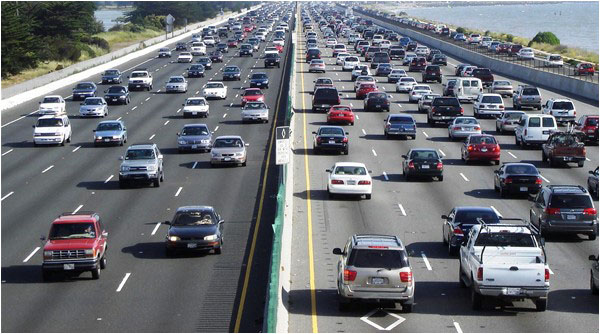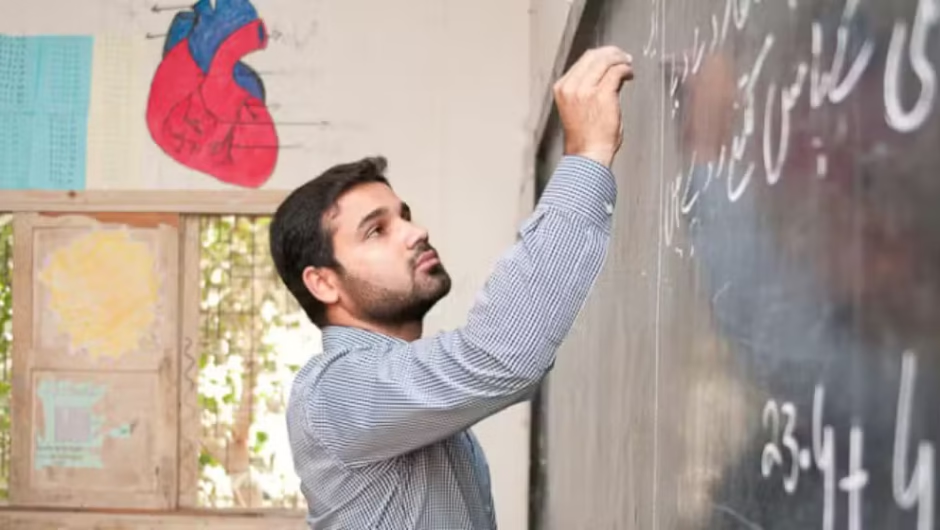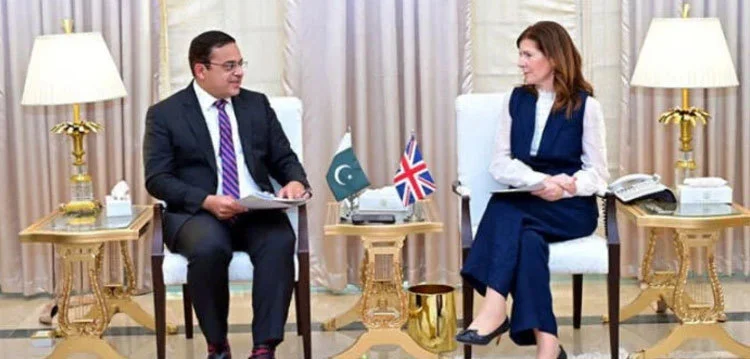
Pakistan is a country with a population of over 220 million people. The distribution of the population in terms of income can be divided into three main categories: lower, middle, and upper class.
Lower-Class Percentage in Pakistan
The lower class in Pakistan is made up of individuals who earn less than the national poverty line, which is currently set at around $1.90 per day. This class constitutes around 40% of the population and includes people who work in low-paying jobs such as manual labor, agriculture, and domestic work. They generally have limited access to education, healthcare, and other basic services.
Middle-Class Percentage in Pakistan
The middle class in Pakistan is made up of individuals who earn between the poverty line and the upper-middle class threshold, which is around $5 per day. This class constitutes around 30% of the population and includes people who work in white-collar jobs such as government officials, teachers, and small business owners. They generally have access to basic services such as education and healthcare, but may struggle to afford luxury items or save for retirement.
Upper-Class Percentage in Pakistan
The upper class in Pakistan is made up of individuals who earn more than the upper-middle class threshold. This class constitutes around 30% of the population and includes people who work in high-paying jobs such as corporate executives, doctors, and lawyers. They generally have access to all the services and amenities they need and can afford luxury items and save for retirement.
It’s worth noting that the income distribution in Pakistan is highly skewed, with a large portion of wealth concentrated in the hands of a small percentage of the population. This has led to a widening gap between the rich and the poor, with many lower and middle-class individuals struggling to meet their basic needs.
Overall, the population of Pakistan is distributed among lower, middle, and upper classes with a clear difference in income, access to services, and quality of life. Addressing the issue of income inequality in Pakistan will require a combination of policies aimed at creating jobs, increasing access to education and healthcare, and redistributing wealth. It will be crucial for the government and private sector to work together to create a more equitable and prosperous society for all.
Topics #Breaking #featured #Jobs #Latest #News #Pakistan #Percentage #population #trending pakistan #Updates



